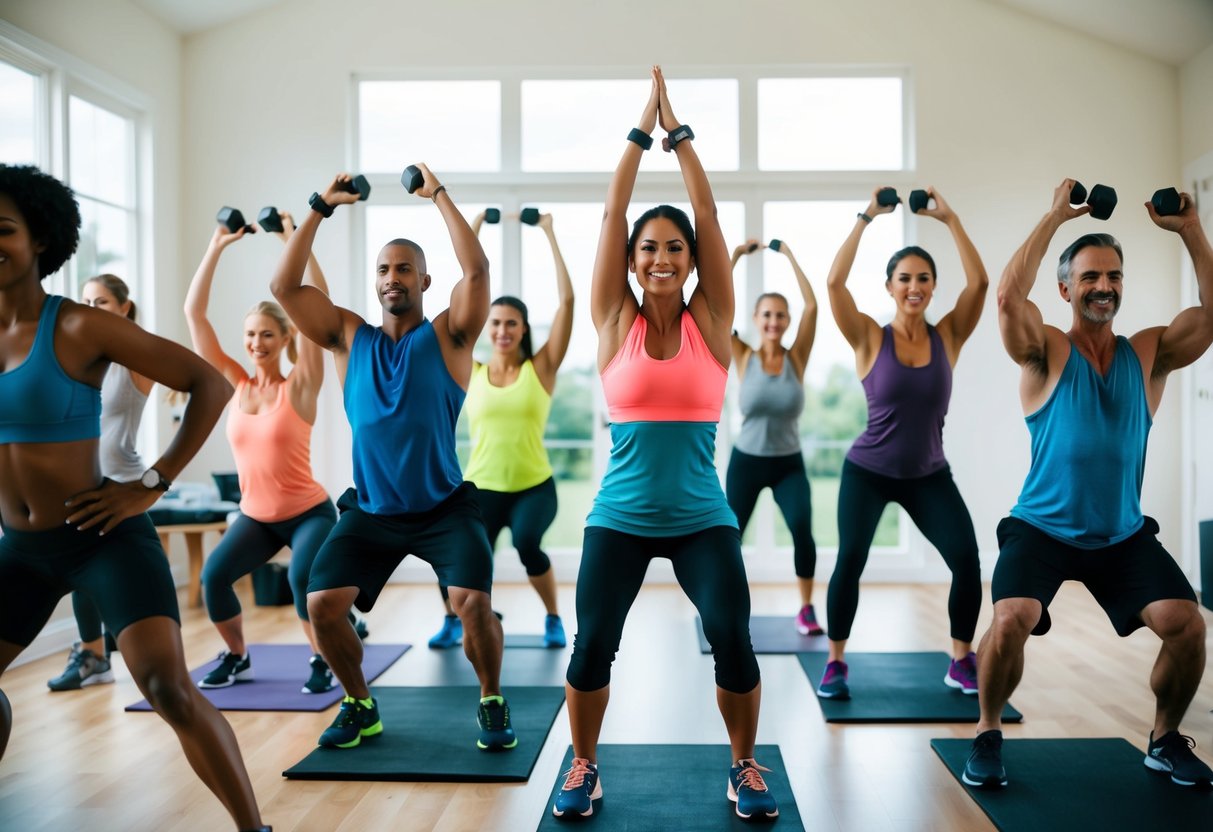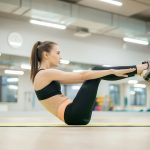Bodyweight Bootcamp: Ultimate At-Home Training for All Levels
Core Bodyweight Exercises to Master
Mastering bodyweight exercises provides an effective way to increase strength and build muscle without the need for equipment. Two key exercises to focus on are push-ups and their variations, along with mountain climbers and burpees, each offering unique benefits for different muscle groups.
Push-Ups and Variations
Push-ups are foundational in strengthening the upper body, engaging the chest, shoulders, and triceps. Technique is vital: hands should be shoulder-width apart, the body aligned from head to heels, and the core engaged. Variations such as the wide-grip and diamond push-ups target different muscle areas. For instance, diamond push-ups place more emphasis on the triceps, whereas wide-grip push-ups focus more on the chest.
Incline and decline push-ups are also useful for targeting various parts of the upper body. Incline push-ups, performed with hands elevated on a platform, ease the intensity, making them ideal for beginners. Decline push-ups, with feet elevated, increase the difficulty and target the upper chest more effectively. Regular practice of these variations enhances muscular endurance and upper body strength.
Mountain Climbers and Burpees
Mountain climbers are a dynamic full-body exercise that combines cardiovascular and strength training. They involve a plank position with rapidly alternating the position of each foot, simulating climbing a steep slope. This exercise boosts heart rate and enhances core stability, while also working the arms and legs.
Burpees, another full-body workout, are effective for building endurance and explosiveness. Starting from a standing position, one drops into a squat, quickly transitions to a plank, performs a push-up, then jumps back to standing. This sequence targets multiple muscle groups efficiently and improves cardiovascular fitness. Incorporating these into routines enhances strength, speed, and overall athletic performance.
Full Body Workouts

Maximize your fitness journey at home with effective full body workouts. They engage multiple muscle groups simultaneously, enhancing strength and endurance. Each full body session ensures balanced muscle development, leaving no area neglected.
Designing a Balanced Routine
Creating a well-rounded bodyweight routine is crucial for comprehensive fitness. Incorporating exercises like squats, push-ups, and planks targets diverse muscle groups, providing both upper and lower body stimuli.
Rest intervals play a significant role, allowing sufficient recovery while maintaining workout intensity. Scheduling workouts on alternate days can prevent overtraining and maximize results. Keeping variety in exercises avoids plateaus and maintains engagement. Structured routines contribute to steady progress.
Progressive Overload Principle
To foster continuous improvements in strength and muscle tone, the progressive overload principle is essential. Gradually increasing workout difficulty ensures muscle adaptation. This can be achieved by adjusting workout variables such as repetitions, sets, or exercise complexity.
For instance, transitioning from knee push-ups to regular push-ups introduces new challenges, stimulating muscle growth. The incremental efforts demand focus and dedication, yielding significant fitness outcomes over time. Tailoring this principle to fit individual needs helps achieve personal goals and sustain motivation.



